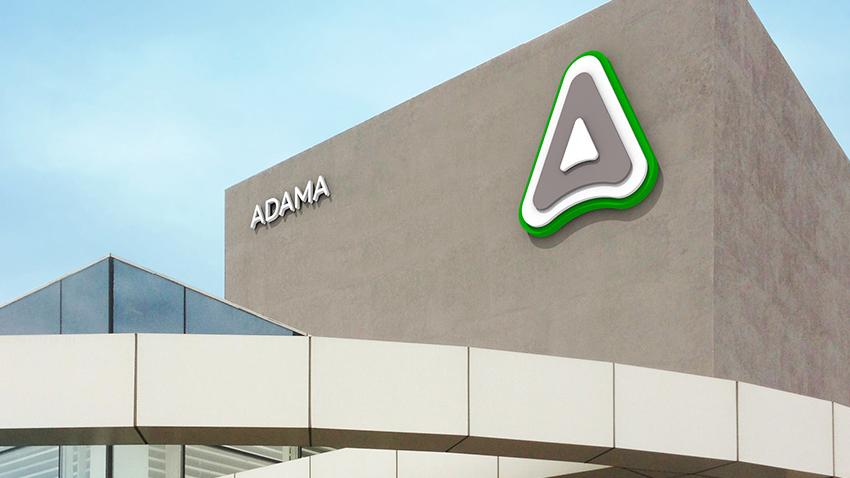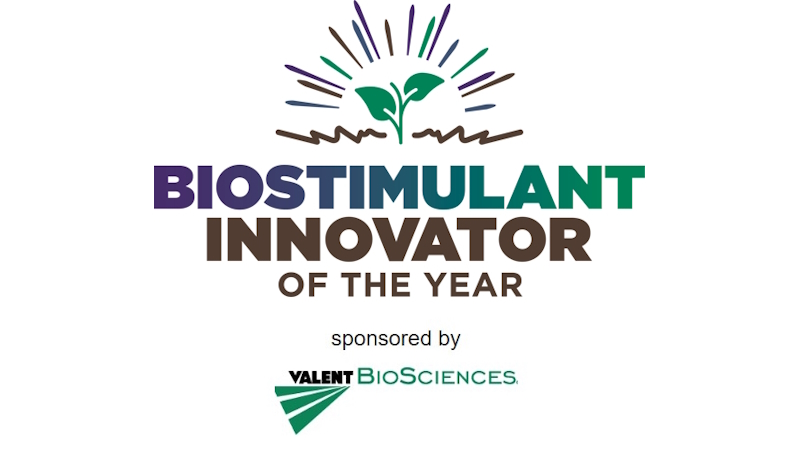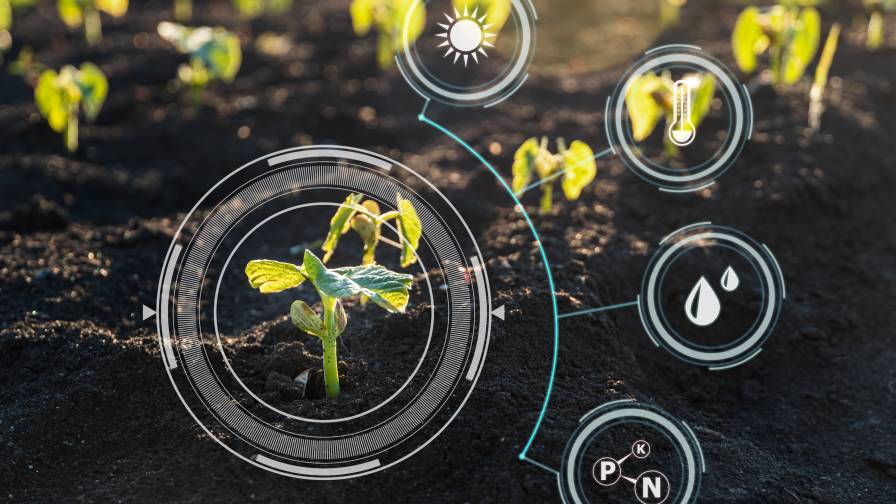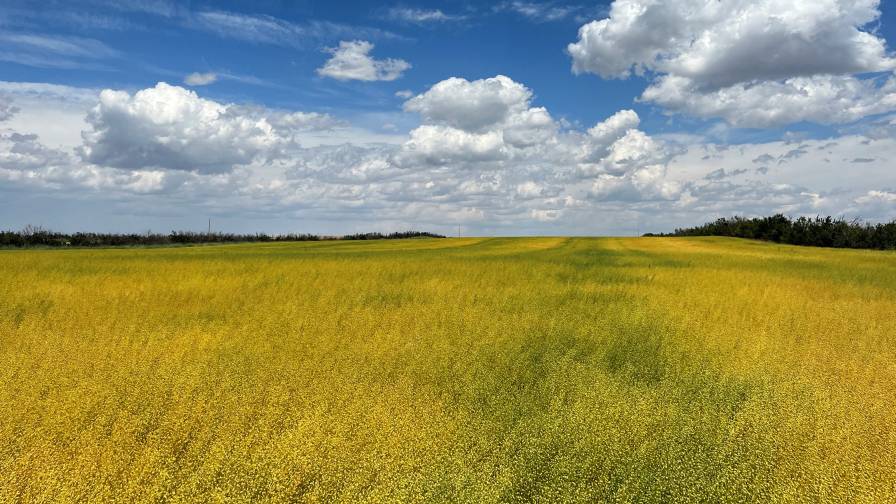Glyphosate: Waiting For The Rebound
Glyphosate prices have been on a rollercoaster ride during the past couple years. Prices had remained strong and fairly stable in the latter part of the decade after some volatility partially prompted by the product coming off Monsanto’s patent in 2000. But as adoption rates for the company’s Roundup Ready seeds began to rise during the latter part of this decade, usage rates began to climb, making farmers susceptible to supply chain disruptions.
Such a disruption occurred in 2008 as Chinese glyphosate producers temporarily shuttered production to stem pollution leading up to the 2008 Summer Olympic Games in Beijing. The temporary reduction in supply combined with historic usage to keep pace with Roundup Ready crops resulted in some of the highest glyphosate prices on record.
Post-patent suppliers enjoyed windfall profits as demand continued to climb around the world. Glyphosate was so profitable that many Chinese producers — some small startups and others launching glyphosate businesses to expand on other chemical manufacturing businesses — began to manufacture it to take advantage of huge returns and access to inexpensive raw materials, specifically phosphorus.
Reacting to the market, Monsanto, which always priced its Roundup at a premium above post-patent products, raised its price to ensure it wasn’t a cheaper option than generics. Monsanto was protecting its supply for American growers, who often rely on the branded chemistry.
As a result of the higher prices, a glut of smaller players entered the marketplace. They were lured into the glyphosate business by huge profits, but the additional supply, in conjunction with resumed supply from manufacturers in China, was more than the global marketplace could handle. Prices plummeted, and much of the supply bought at elevated prices is still in the supply chain, giving further apprehension to distributors and growers to delay purchasing decisions. Weather phenomenon (mostly heavy rains) in various parts of the world delayed plantings and subsequent glyphosate use in the 2008/09 season, further skewing supply/demand equations.
Subsequently, prices today are a fraction of what they were during the boom times of 2008, when the agrochemical industry experience a 25% gain in global sales. Glyphosate, with about US $1 billion in market value, constitutes about 2.5% of the world’s total agrochemical value.
With farmer reliance on an active that makes up so much of the agrochemical volume, the price of glyphosate is likely to influence the global agrochemical sector as a whole in 2009. But how bad is it?
When FCI hosted it’s annual Trade Summit in August, attendees repeatedly said that glyphosate was their biggest concern, even joking that the liter of mineral water in their hotel room cost more that a liter of glyphosate on the open market.
A recent FCI survey helped put it in perspective: 62% of respondents say glyphosate is selling for less than $3 per liter, primarily because supply exceeds demand. This oversupply is the biggest contributor to the low price, sources say. More than half of respondents to our survey say glyphosate sales remain strong, but profits are simply lower than expected. One-third of respondents say profits are lower because sales are lower than anticipated, and 8% say sales and profits are in line with expectations. Just 5% of respondents reported that profits were higher this year than expected.
Here is the good news: The southern hemisphere is ramping up for planting this month. With the increase in no-till techniques in places like Brazil, Argentina, and parts of Asia, burn-down field preparations should help to liquidate superfluous inventory in the supply chain. The industry should be able to gauge usage in the southern hemisphere fairly early in 2010.
In the northern hemisphere, the El Niño year generally means that a mild, dry winter will succumb to an early, dry spring. This phenomenon generally allows growers in North America to plant on an optimum timetable, diminishing the possibility that they might “miss” their burndown window.
But possibly the most promising perennial factor influencing glyphosate is the growing adoption of Roundup Ready crops. As biotechnology becomes more pervasive, companion chemistries that help them thrive will continue to have a built-in demand generator.






